Hindustani music has so many branches than we actually imagine
Indian music is widely classified into two branches – Hindustani music and Carnatic music. From those 7 swaras, countless tunes and ragas have been created – The wonder of 7 swaras, known as ‘Sapta Swara’, and both are very much linked to Hindu traditions since many centuries. But there have been many influences either Persian or Islamic. Unlike Carnatic music, Hindustani music has so many gharanas, and its own set of rules and singing style.
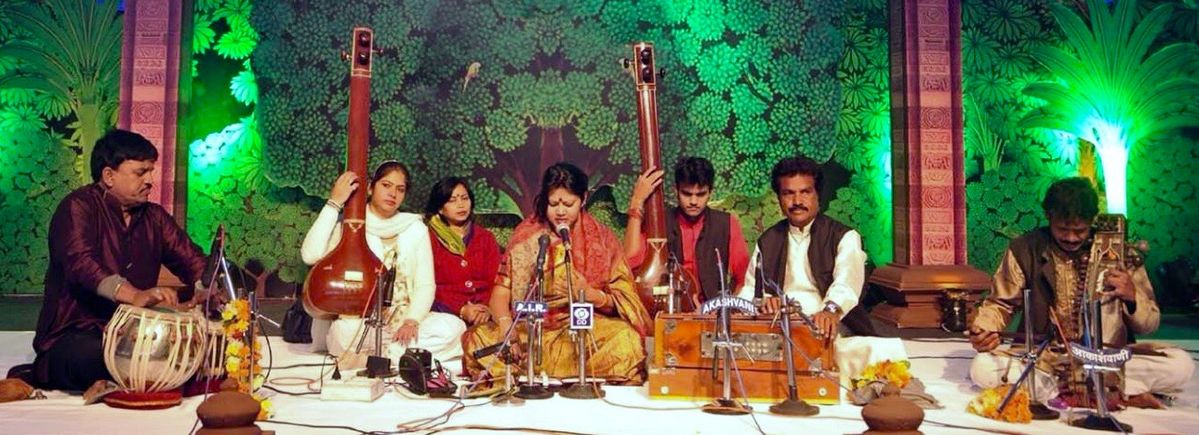
Countless Gharanas and fusion styles in Hindustani style of singing
Each Hindustani Gharana itself is an ocean, and entirely different from one another. If you are able to reach at least one shore, it’s a great achievement. Virtually it’s not possible to become proficient and expert in more than one gharanas at the same time. That shows the depth of Hindustani singing. Yet there are many vocalists who has attempted in more than one singing styles. A few also adopted fusion styles, and have earned name and fame through their dedication and hard work.
Dance forms also own Gharanas. For instance, Kathak can be learnt in different styles of which three are very popular. Same is the case of musical instruments used as accompanies for vocal singing.
Gwalior Gharana is the oldest of all
Gwalior Gharana was started during the reign of Akbar when Tansen served as court musician. This legendary singer adopted Gwalior Gharana of singing, which is now more than 4 centuries old. Gwalior Kharana came into existence in the 16th century. In Hindustani singing, known as Khyal, the major branches are Agra, Patiala, Gwalior, Kirana, Jaipur-Athrauli, Indore and a few more. Apart from vocalists, the musical instruments also own some styles similar to singing.
There are about 10-20 main branches (Gharanas) in Hindustani music vocals. In addition to many old Gharanas, many new fusion Gharanas have also come into existence. Over the centuries, many great legends have contributed by their own means by adding their knowledge and new compositions to their singing style. In addition to Khayal, Thumri and Dhrupad are next two popular singing styles of Hindustani music.
Each Gharana is passed to the next generation through heirs or disciples
Majority of Gharanas holds an ancestral value. They have been passed to next generation by forefathers and it’s their duty to pass it to next generation. Many great gurus of yesterdays have passed the legend to their favourite disciples as well, who carry forward the tradition. Very often, siblings also carry forward the tradition from their father, and we can find many musical families who have fully dedicated their lives to the world of music since three or four generations back. In fact many gharanas are 405 generations old.
Thumri – Not as hard as Khayal singing
It’s not pure Khayal singing which is very hard, but not light music too. In fact it’s semi-classical – a derivative of Hindustani music which falls in between these two. There are many legends who were experts in Khayal and Thumris, and Thumri has been popularized by many female voices. Girija Devi and Shobha Gurthu earned the titles of ‘Thumri Queens’. Begam Akhtar, Naina Devi, Hirabai Barodekar, Gauhar Jaan and Kishori Amonkar, who died most recently in 2017 are some of the big female names in the field of Thumri. Thumri is extremely popular both in India and Pakistan.
Dhrupad – A genre of Hindustani music also found in Carnatic music
One of the oldest forms of Indian classical music, it is spiritual, heroic, thoughtful, virtuous and holds some moral value. It’s a core element found in all versions of classical music in Indian sub-continent. Dhrupad is performed by a solo singer with percussionists, often accompanied by chorus.
Pakistanis also own their own trademark singing styles
Though Hindustani music is mostly associated with Hindu tradition, it has some foreign influences as well. In fact many Gharanas were once started by Muslims and later passed to several generations through heirs. Ghazals and Khawalis – The pride of Pakistanis, but equally popular and accepted by Indians too. Urdu language poems have been very much popularized through Ghazals, which have a pan appeal across India and Pakistan. They have a romantic flavour. Khawali stands very close to Sufi music – the music which is regarded as a link with God, or music close to God having some divine power. Khawalis too are popular in India, and Bollywood too has popularized Khawalis and Ghazals through numerous songs.
Image Source: Wikipedia


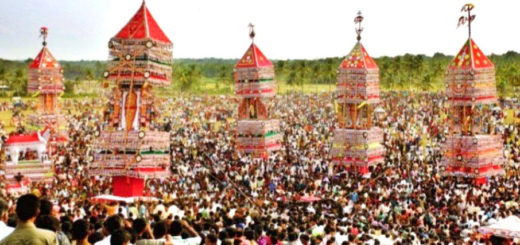
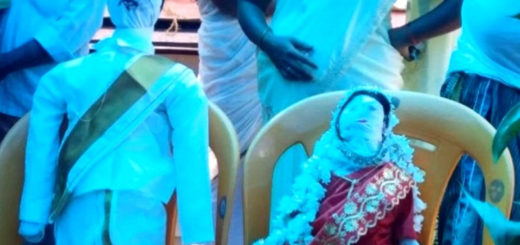


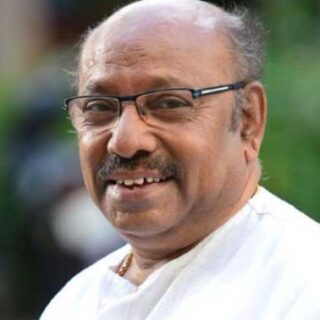
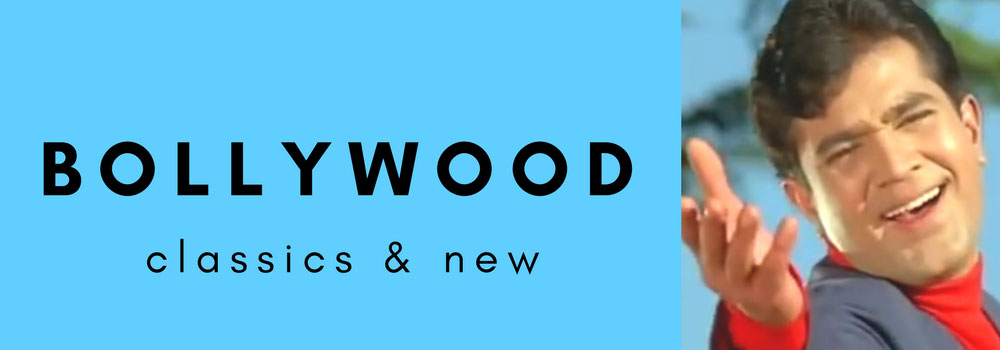
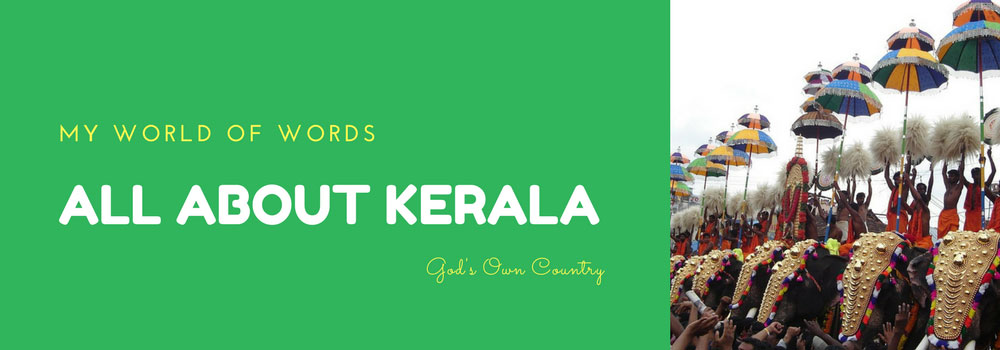

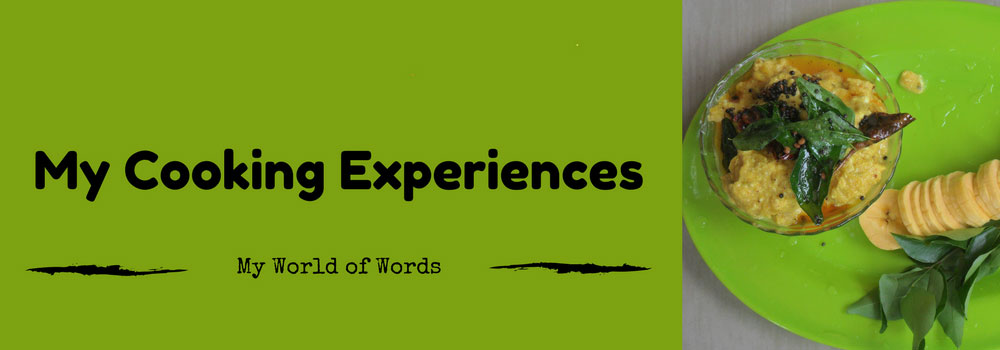


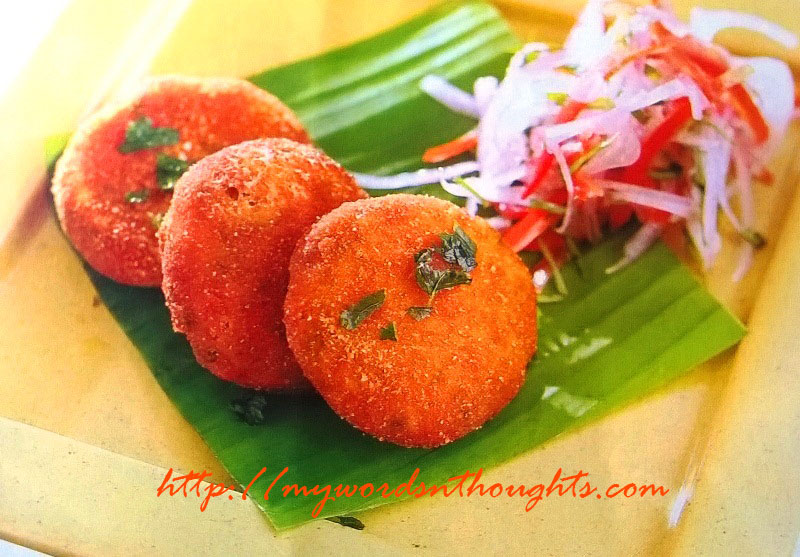

Recent Comments